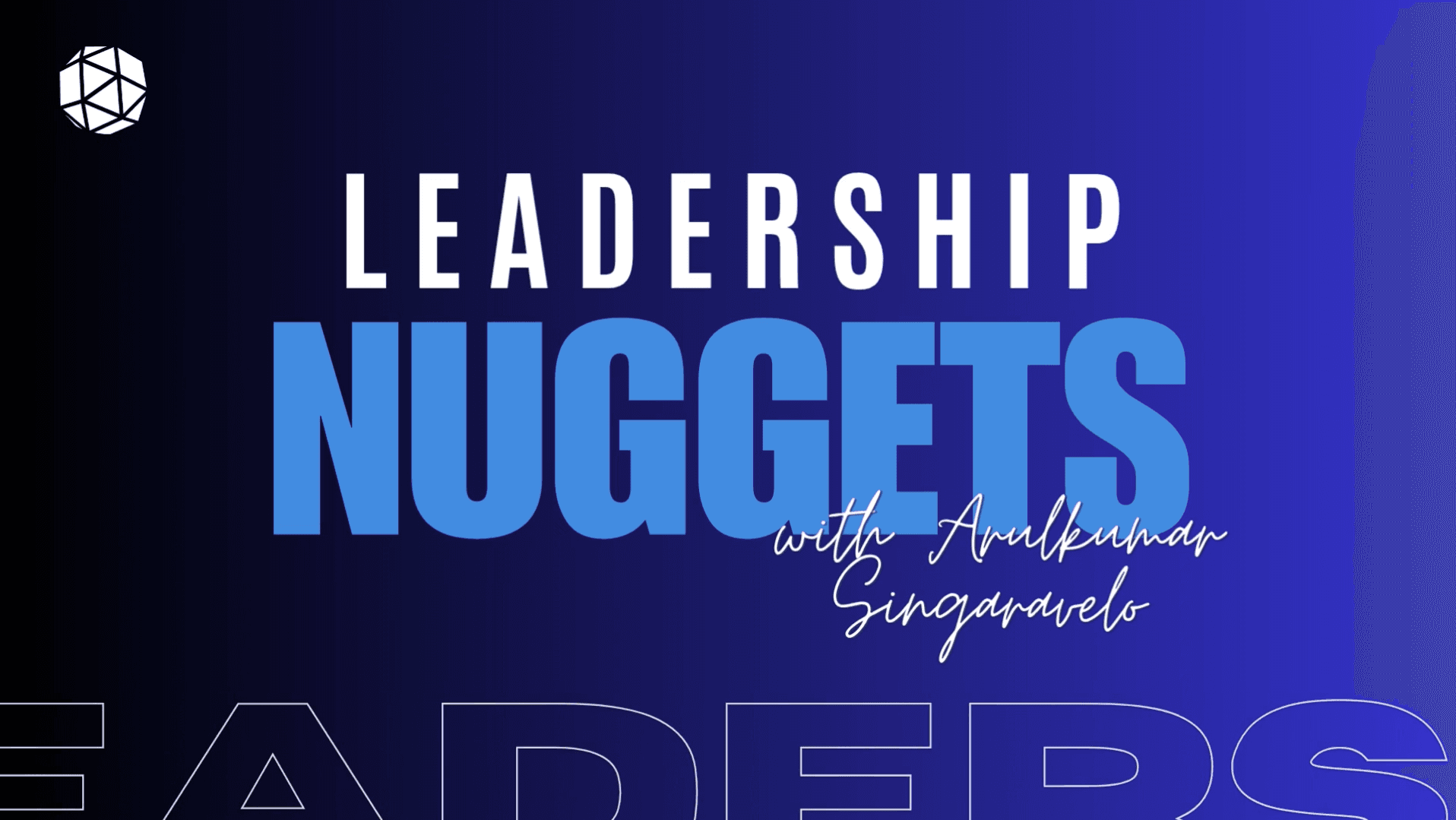Top 4 CEO Blind Spots–And What To Do About Them

We all have blind spots—damaging behaviours that everyone but ourselves can see clear as day. For chief executive officers (CEOs), these blind spots create unwelcome consequences: They corrupt decision-making, reduce our scope of awareness, and sabotage business results.
It’s enough that CEOs deal with massive change and cope with stressful situations every day. Add to this the belief that strong leaders should have all the answers, should know what to do, and should be able to handle challenges alone.
However, only the most confident leaders are willing to surround themselves with people who will point out what they’re doing wrong—and be rewarded for their honesty.
After years of working with CEOs, you start to recognise a few recurring themes. Here is the top four CEO blind spots I encounter, and some coaching to help you course correct:
Not delegating
As the organisation grows, the role of the CEO changes. The CEO’s role tends to start off focused on the product or service and then turns to customer development and then company development.
Over time, the CEO role has only a few things that matter (setting the company vision and culture, cash, hiring the right people in the right jobs, key relationships and continuous learning) and everything else should be delegated to the team.
What to do:
You only have to focus on a small number of key decisions.
CEOs get sidetracked doing all kinds of things in life, but if you can clear out all the clutter and focus on the two, three, or four decisions that you need to make each year that really matter, you’ll be able to dramatically move the ball in your business.
Bull in a China shop
When given a choice between being right and being effective, some CEOs prefer to be right. A common misconception about being a strong leader is that they have all the answers. They won’t take others’ points of view into consideration, even regarding minor issues.
What to do:
Work on developing more patience. It will enhance your interpersonal skills and improve your leadership effectiveness. By getting defensive about your decisions and stopping people in mid-sentence, you also close yourself off to the possibilities of better strategies.

Who watches the watchmen
You hold your employees accountable for their jobs, but when you make a commitment, who holds you accountable?
What to do:
Have a mentor or coach to hold you responsible for your own goals and actions. The Harvard Business Review just published a two-year long study and found that when CEOs receive coaching, good outcomes follow.
Right people in the right jobs
One of the most pervasive blind spots that leaders often have: They don’t put the right people in the right jobs because they think their people are going to get better. Hard as it is to say,
“People that got you to where you are today typically won’t take you to where you want to go tomorrow.” This means as your company grows, you may need to replace long-time employees and hire top-calibre performers who enable your company to jump to a new level.
What to do:
Get the absolutely best person for each job that fits your culture, use assessments like Behaviours/Motivators to help you reduce mistakes, pay them well, and if you make a wrong hire, fire quickly.
What do you think? This is just a short list, are there any CEO blind spots you’ve encountered? What did you do about them?
Mark is the founding partner of CEO Coaching International where he and his team coach entrepreneurs and companies on “Best Practices” in determining where they want to go, how to get there, how to grow their leadership team and put accountability systems in place to ensure that it happens.
Reposted with permission on www.leaderonomics.com
Leadership
This article is published by the editors of Leaderonomics.com with the consent of the guest author.






